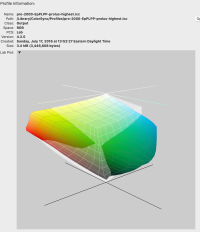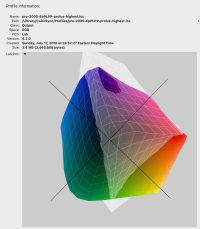You might want to actually read that article. The entire article. Including the sections on Photographic Situations and Photographic Stops of DR.
And what exactly did you gather from there and how it contradicts what I said?
Yeah...this topic is simply above your level of understanding.
My primary speciality is software and I've worked with sound and imaging. Thanks but I understand digital conversions, bitness, information loss etc. pretty well.
You're never going to be happy unless Canon matches some arbitrary number on a graph, whether you actually need or use that number or not.
You've probably been arguing with your own ghosts. I never said I wasn't happy, moreover, most of this particular sub-thread wasn't about Canon specifically, it was about DxO and PTP measurements.
Upvote
0



